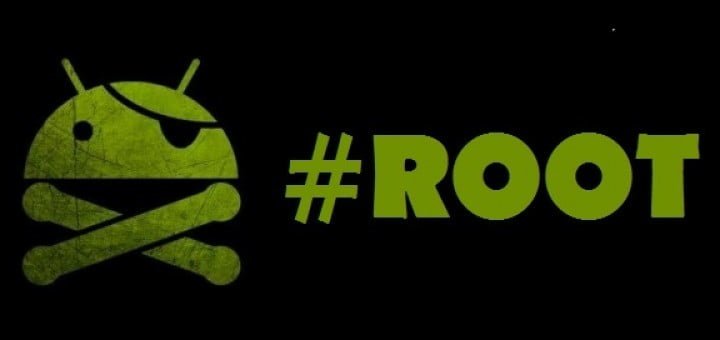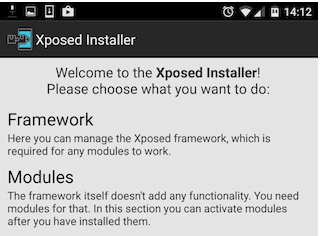For those new to the world of rooting, acquiring root access essentially grants you elevated permissions. With root access, you are able to access and modify files that would normally be inaccessible, such as files stored on the /data and /system partitions. Having root access also allows you to run an entirely different class of third-party applications and apply deep, system-level modifications. And by proxy, you may also be able to access certain device features that would otherwise be inaccessible or use existing features in new ways.

Having root access isn’t the end-all-be-all of device modification–that title is usually reserved for fully unlocked bootloaders and S-Off. That said, root access is generally the first step on your journey to device modification. As such, root access is often used to install custom recoveries, which then can be used to flash custom ROMs, kernels, and other device modifications. Root access also enables users to install the powerful and versatile Xposed Framework, which itself acts as a gateway to easy, non-destructive device modification.
Due to its inherent power, having root access is often dangerous. Thankfully, there are root brokering applications such as SuperSU that only grant root access to applications of your choosing. There are also various root-enabled utilities available to help you restore in the event that something goes wrong. For starters, you can use any number of root-enabled application backup tools to backup your applications and their data to your local storage, your PC, and even online cloud storage. And in conjunction with a custom recovery, rooted users are able to perform a full, system-wide Nandroid backup that essentially takes a snapshot of your current smartphone or tablet at any particular time.
We can go on about the virtues of root access ad infinitum, but we’ll stop for now because we sense you salivating at the prospect of root access and what you can do with your device once root is achieved. Head to the links below to begin the journey.
PLEASE NOTE: Rooting a device may void the warranty on the device. It may also make the device unstable or if not done properly, may completely brick the device. Some methods may install additional apps/software on your device. The author does not take any responsibility for your device. Root at your own risk and only if you understand what you are doing!
Magisk Root
Magisk can root many Android devices along with standard common patches. It packs with a super powerful Universal Systemless Interface, allowing immense potential.
Framaroot
Many devices can be rooted using this application. Check your device for compatibility.
CF-Auto-Root
Created by XDA Senior Recognized Developer Chainfire, CF-Auto-Root is a root for “rooting beginners” and those who want to keep as close to stock as possible. CF-Root is meant to be used in combination with stock Samsung firmwares as well as Nexus devices, and be the quickest and easiest way for your first root. In essence, it does nothing but install and enable SuperSU on your system, so apps can gain root access.
KingRoot
KingRoot is root for people who just want to have root access to their devices, and not necessarily wanting to flash anything extra. It works on almost all devices from Android version 2.x to 5.0. The working of KingRoot is based on system exploit. The most suitable root strategy will be deployed from cloud to your device according to the ROM information on the device. The best part of using this root method is that it does not trip KNOX and has the ability to close Sony_RIC perfectly






It’s a shame you don’t have a donate button! I’d definitely donate to this excellent blog! I suppose for now i’ll settle for book-marking and adding your RSS feed to my Google account. I look forward to brand new updates and will share this site with my Facebook group. Talk soon!|
Hello there, simply become aware of your blog through Google, and located that it’s really informative. I’m going to watch out for brussels. I’ll appreciate should you proceed this in future. A lot of folks will likely be benefited out of your writing. Cheers!|
Hi, you can do donate via PayPal at [email protected]
THanks